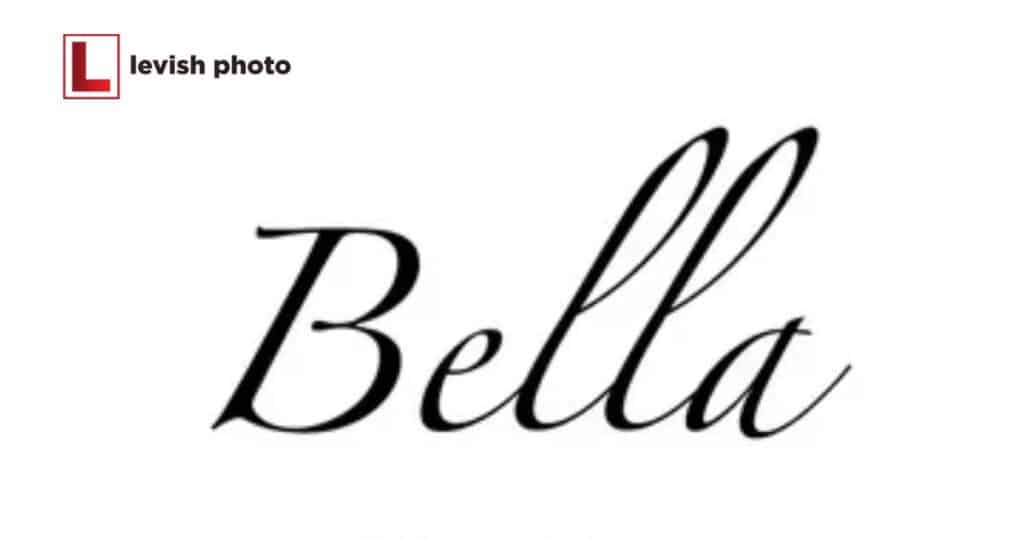Signing photographs is a practice where photographers add their signature or mark to a photograph, typically in a discrete manner, to claim authorship and authenticity. It’s a way of personalizing and protecting your work.
This question often perplexes photographers, both newcomers and experienced artists. The way you sign your photographs can influence How Do I Sign My Photographs? and connect with it. Signing photographs is not only about writing your name on the print.
When you sign your photographs, you’re not only putting your name on them, you’re leaving a mark of your unique artistic identity. The signature can be as simple as your name or a more intricate design, and it can be placed in a corner, on the back, or integrated into the image itself.
Importance of Signing Your Photographs
Signing your photographs holds significant importance in the world of photography. It’s not just about claiming authorship, it’s a way to establish your unique identity as a photographer. Your signature adds a personal touch to your work, making it distinct and memorable. It also conveys your commitment and professionalism, showing that you take pride in your art.
When you sign your photographs, you are essentially adding value to them. A signed photograph is often perceived as more valuable, both aesthetically and monetarily. Collectors and art enthusiasts tend to prefer signed prints, and galleries may consider them more seriously.
Different Methods of Signing
Signing your photographs can be done in various ways, depending on your personal style and preferences. One common method is to use a pen or pencil to sign the back of the photograph. This approach is discreet and doesn’t interfere with the image’s aesthetics, making it a popular choice for photographers.
In addition to these methods, some photographers incorporate their signature directly into the image itself. This can be achieved through artistic integration, where your signature becomes a part of the composition without distracting from the subject matter. Each method has its own charm, and the choice often comes down to your personal style.
Choosing the Right Signature Style

When it comes to choosing the right signature style for your photographs, it’s essential to find a balance between personal expression and practicality. Your signature style should reflect your artistic identity and seamlessly integrate with your work. Some photographers opt for a simple, elegant script, while others prefer a more elaborate and artistic design.
Think about the need for a photographer for a wedding and choose the size and color of your signature. It should be easily visible but not overshadow the subject matter. Experiment with different styles and sizes, and seek feedback from peers or mentors to fine-tune your signature until it feels just right.
Considerations for Signature Placement
Deciding where to place your signature on a photograph is a crucial consideration. Ideally, your signature should enhance the composition rather than detract from it. Many photographers choose to sign their work in the lower margin of the print, subtly integrating it into the image without distracting from the main subject.
Another factor to ponder is the size of your signature. A small, discreet signature may be more appropriate for some images, while larger, bolder signatures may work better for others. The choice largely depends on your personal style and the specific photograph in question.
Digital vs. Handwritten Signatures
In the digital age, photographers have two main options for adding their signatures to photographs: digital signatures and handwritten signatures. Digital signatures involve using software or graphic editing tools to incorporate a digital representation of your signature into the image. This method is efficient, easily reproducible, and provides a clean, professional look.
When deciding between digital and handwritten signatures, it’s essential to consider your artistic intent and the practical aspects of the signature. Digital signatures are great for commercial prints, where consistency and ease of reproduction are important.
Protecting Your Copyright with Signatures
In the world of photography, protecting your copyright is paramount. By signing your photographs, you establish a clear claim of ownership. This signature acts as a visual marker, signaling to others that the image is your intellectual property. It deters unauthorized use and helps you maintain control over how your work is shared or distributed.
In the digital age, where images can be easily copied and shared online, a visible signature can act as a deterrent to potential copyright infringements. It reminds viewers that the image is not free for the taking and should be respected as the result of your creative effort.
Adding Value to Your Photographs
Adding value to your photographs is a crucial aspect of the signing process. When you sign your images, you create a sense of authenticity and ownership. This can be especially valuable in the art market, as collectors often look for signed prints, knowing they are getting a genuine piece of your work.
Adding value to your photographs goes beyond the monetary aspect. Your signature can also enhance the emotional and personal connection viewers have with your art. It serves as a testament to your dedication and commitment as a photographer, making your work more meaningful and memorable.
Personalizing Your Photography
Adding a personal touch to your photographs is essential to distinguish your work and make it uniquely yours. Personalization goes beyond merely taking a picture, it’s about leaving your artistic mark on each image. It’s through your choice of subject matter, your signature style, or the emotions you capture, that personalization is the key to making your photography stand out.
When personalizing your photography, consider incorporating elements that reflect your interests, style, and experiences. This could involve capturing moments that are meaningful to you, experimenting with various techniques, or adding subtle elements of your signature to each photograph.
FAQs
How do I choose where to sign my photographs?
Consider the balance and composition, placing your signature in a location that complements the overall aesthetics.
Is watermarking necessary for all my digital photographs?
While it adds protection, only watermark images where it doesn’t distract from the viewing experience.
Do I need to sign every photograph I take?
No, some images might benefit from a minimalist approach, letting the visual narrative take center stage.
Conclusion
Signing your photographs is more than a formality. It’s a statement of ownership, a personal touch that connects you with your audience, and a mark that transcends time. Experiment with different styles and methods to find the signature that best represents you and your work.
As you embark on this journey, remember that your signature is not just a name, it’s a legacy, a symbol of the moments you’ve captured and the stories you’ve told through your lens.
